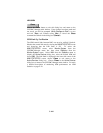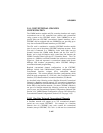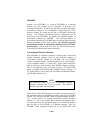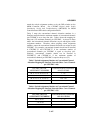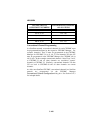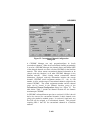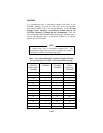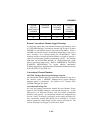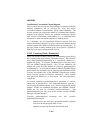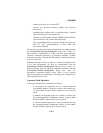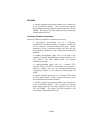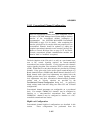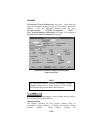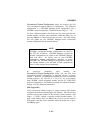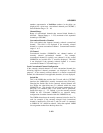
LBI-39224
3-152
Local/Remote Conventional Channel Dispatch
After a console has received the System Manger conventional channel
database information and its privilege list, local and remote
conventional channel communications operate almost identically. The
console operator can program the channel to a communication module,
dispatch to the channel, exercise any available conventional channel
relay function (local/remote, main/standby, etc.), or patch/simulselect
the channel to other conventional channels or trunked groups.
To a dispatcher, the only operational difference between local and
remote conventional channels is a call to a remote conventional channel
could be queued at the NIM if all NIM channels are currently busy. In
this case, similar to when a trunked group call is queued, a "Queued at
NIM Site" call status is displayed at the console.
3.14.2 Causeway Patch / Simulselect
Direct conventional channel patching and simulselecting is provided by
the Causeway patch and Causeway simulselect features. These features
allow direct patching/simulselecting of a conventional channel to a
trunked talk group. A Causeway patch/simulselect exists only in the
CCI and VMIM Controller Boards. The CCI and VMIM use the
trunked talk group ID (GID) number for Causeway patch/simulselect
communications. All conventional channels within a CEC/IMC Digital
Audio Switch (64 maximum) may be Causeway patched/simulselected.
Consoles and trunked sites in the CEC/IMC network know nothing
about Causeway patches or Causeway simulselects. These features
were previously referred to as "hard patch" and "hard simulselect"
respectively.
In contrast, traditional patches/simulselects performed at consoles
(which may be thought of as "soft" patches/simulselects) each use a
special group ID number referred to as a System Assigned ID (SAID)
number. SAIDs are transferred throughout the CEC/IMC network.
SAIDs are not used for Causeway patches/simulselects. Soft
patches/simulselects are only set-up at the consoles, not the CEC/IMC
Manager or System Manager.
Causeway patch/simulselect advantages over "soft" (console)
patch/simulselect include:
– trunked radios may scan into conventional channel originated
calls since the talk group ID (GID) is used
– operation in Site Controller mode and Failsoft mode



